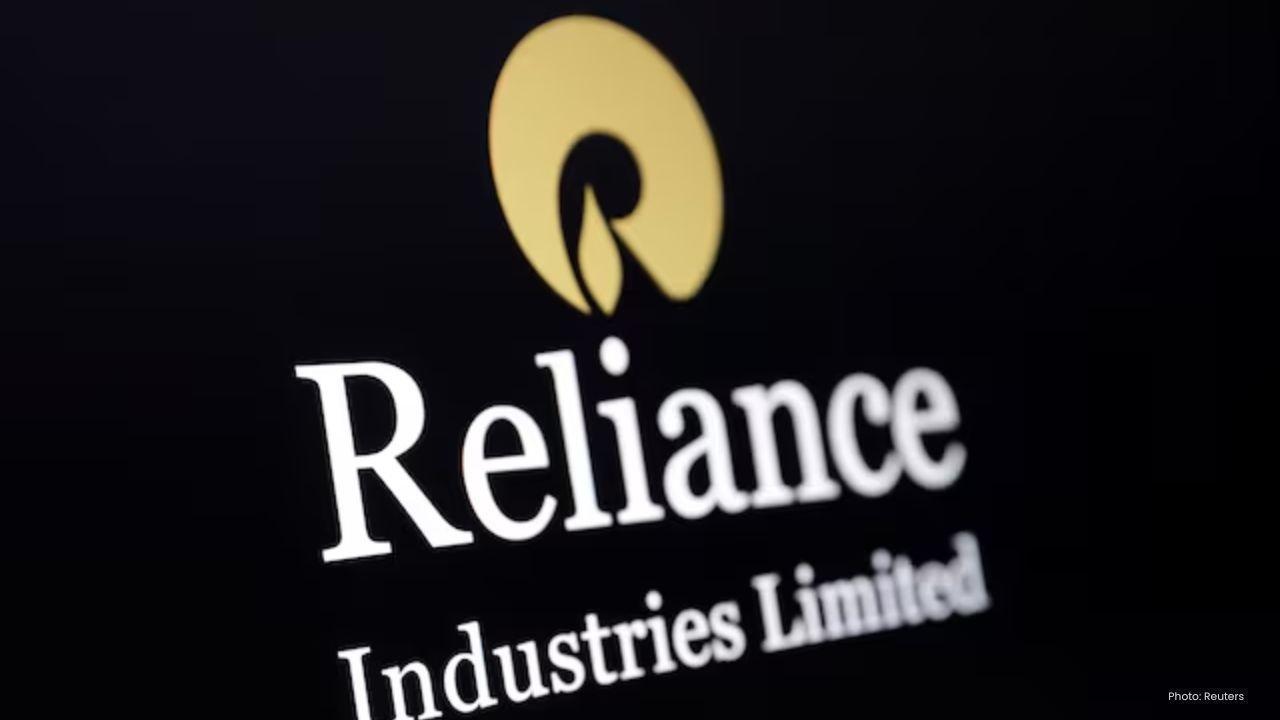
Post by : Vansh
In the rapidly evolving 21st century, innovation has become the driving force behind progress across all sectors. From revolutionizing industries to transforming urban landscapes, innovation bridges the gap between technology, sustainability, and human advancement. By integrating these elements, societies can build smarter, greener, and more efficient solutions that benefit both people and the planet.
Innovation is more than just creating new products or services; it is about finding smarter ways to solve existing problems. Whether in healthcare, transportation, energy, or education, innovation enables us to reimagine traditional systems. By leveraging technology, cities, businesses, and communities can operate more efficiently, respond to challenges faster, and create more inclusive opportunities.
For instance, AI-powered systems in healthcare allow early diagnosis of diseases, while smart grids in energy management optimize electricity usage and reduce waste. Such breakthroughs demonstrate how innovation is not just about convenience but also about sustainable growth.
At the heart of modern innovation lies technology. It is the tool that turns ideas into actionable solutions. Internet of Things (IoT), artificial intelligence, blockchain, and big data analytics are no longer futuristic concepts—they are actively shaping the way we live and work.
For example, IoT-enabled smart homes and offices improve energy efficiency by regulating lighting and temperature automatically. Similarly, AI algorithms analyze massive datasets to provide insights that were once impossible to uncover. Technology allows us to predict trends, optimize processes, and enhance decision-making, making innovation not just possible, but practical.
While technological advancement is essential, it cannot exist in isolation. Innovation must prioritize sustainability to ensure that progress does not come at the cost of our planet. From renewable energy solutions to eco-friendly manufacturing practices, sustainable innovation focuses on long-term impact.
Solar-powered smart cities, electric mobility, and waste-to-energy projects are prime examples of how innovation can align with environmental responsibility. By integrating sustainability into the core of innovation strategies, businesses and governments can reduce carbon footprints, conserve resources, and foster a healthier planet for future generations.
The content of this article is intended for informational purposes only. Readers are encouraged to verify facts independently before making decisions. MiddleEastBulletin news is not responsible for any actions taken based on the information provided.










Curry Powers Warriors to Nail-Biting 109-108 Victory Against Spurs
Stephen Curry's 49 points propel the Warriors to a dramatic 109-108 NBA Cup triumph over the Spurs,

India Advances to Semi-Finals After Thrashing USA in Women’s Blind T20 World Cup
India secured a dominant ten-wicket victory over the USA, advancing to the semi-finals in the Women’

South Africa's Early Advantage as India Struggles on Day Two
On Day Two, India reached 138-4 as South Africa took three early wickets, complicating matters with

Kenta Nishimoto Defeats Lakshya Sen in Japan Masters Semifinal
Lakshya Sen's journey in the Japan Masters ends after losing to Kenta Nishimoto 19-21, 21-14, 12-21

Kenta Nishimoto Defeats Lakshya Sen in Japan Masters Semifinals
Lakshya Sen's run at the Japan Masters concludes with a loss to Kenta Nishimoto in the semifinals, 1

Major IPL Trade: Jadeja Joins Royals as CSK Signs Samson
In a significant IPL trade, CSK has acquired Sanju Samson from Rajasthan Royals in exchange for Ravi